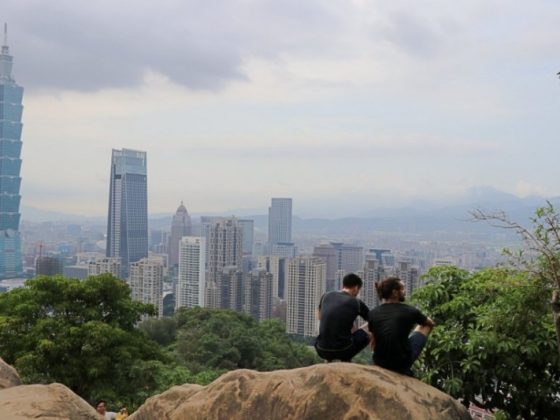If you’re visiting Taiwan on February 28, you’ll find out that it’s a national holiday. If it happens to land on a Monday or Friday, you’ll probably find yourself paying a pricier hotel rate as result of the number of people looking for a long weekend getaway. There’s a mourning ceremony held on this date every year to commemorate an important day in Taiwan’s history. 228, also known as the 228 incident or the 228 massacre, became a national holiday for a sad reason. Here’s an explainer on how this holiday came to be. (Read more: 6 Holidays in Taiwan You Should Know About)
The 228 Incident
From 1895 to 1945, Taiwan was occupied and colonized by the Japanese. When they retreated after WWII, the Republic of China (ROC) led by the Kuomintang (KMT) government took over Taiwan. While the Taiwanese people wanted to celebrate the end of Japanese rule, they soon realized that the new authority did not bring peace to their land. Officials would seize people’s private properties and abuse their power. There was no proper economic policy whatsoever, and, worst of all, the Taiwanese people were still excluded from political participation.
One of the restrictions implemented at the time was the ban of cigarette trading. The story started in the front of a small shop in Taipei, where officials rushed and accused a woman of selling cigarettes without permission. This resulted in a huge fight in the shop and in the end, the whole neighborhood piled in, defending the lady as one.
As the tension rose in the room, the officials wanted to escape the chaos and one of them pulled out his gun in desperation, shot into the crowd and wounded a bystander, who ended up dying the next day. The date was February 28, 1947.
The White Terror Period
This unfortunate death triggered a series of uprisings, with demonstrations and strikes spreading all over Taiwan. People first gathered in Zhongshan Park and then took over Taipei radio station to broadcast the tragedy to the masses. The government, on the other hand, showed no compromise or mercy and tried to suppress the rebellion by force. For the following 38 years, Taiwan was placed under martial law in a period that is now known as the “White Terror” period. All public gatherings were banned and whoever broke the rules would be arrested immediately. The death count during the 228 incident was estimated between 10,000 to 30,000, with more and more people dying or going missing on a daily basis during the White Terror.
▲ 228 Memorial Park
Present Day
In 2020, Taiwan is proudly known for being the freest country in Asia. People have the right to elect their president, to practice real democracy, and the media can report news with freedom of speech. But that freedom was hard to come by. It was the strife of the people of the past who’d been through the dark days that led us to democratization.
If you do visit Taiwan on February 28, make sure you pay a visit to 228 Memorial Park, known as Zhongshan Park during the incident. Meanwhile, the old building of the radio station has now turned into the Taipei 228 Memorial Museum.
▲ Taipei 228 Memorial Museum
Let us remember the day in an effort to ensure that history does not repeat itself.












Comments are closed.